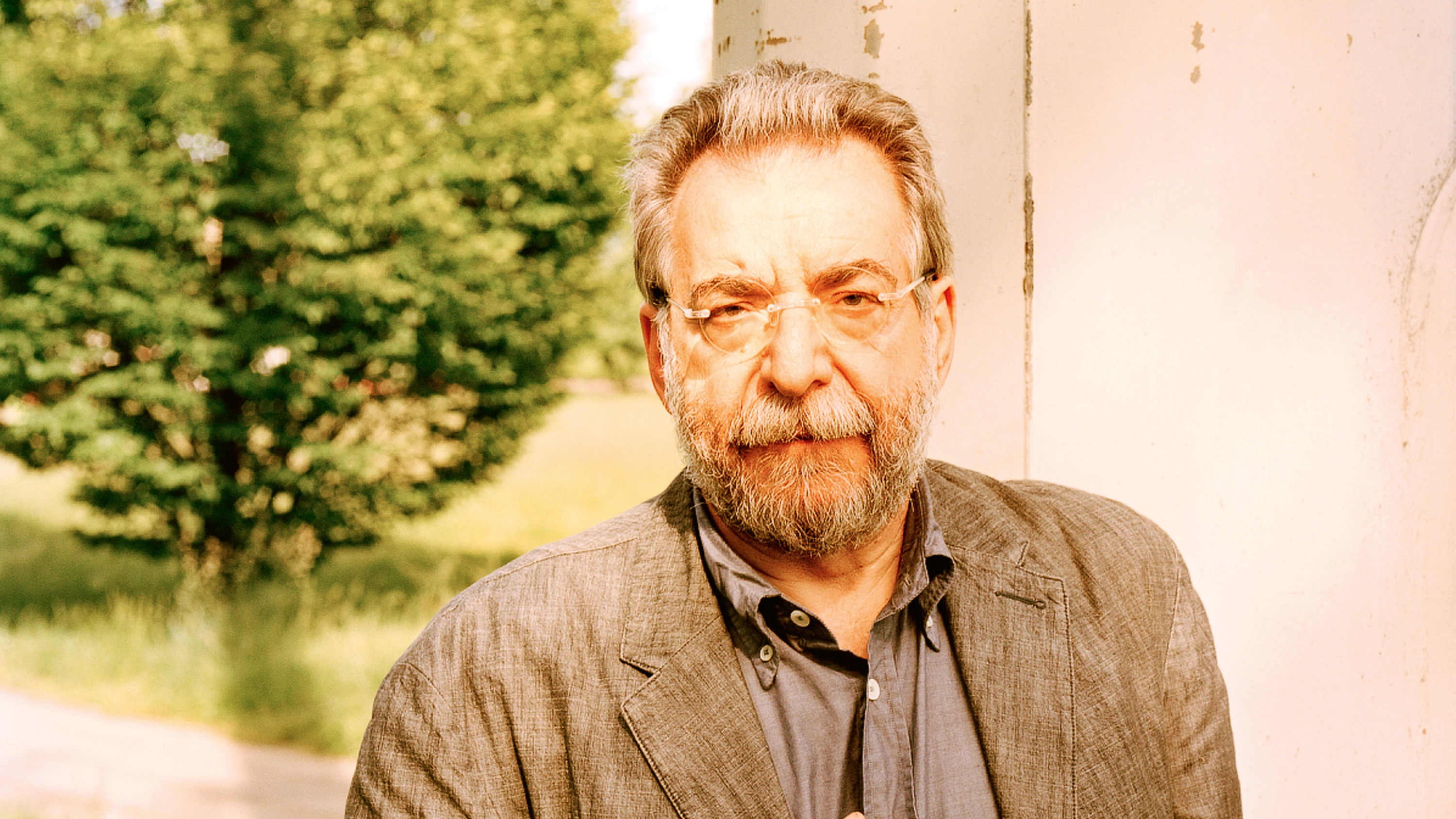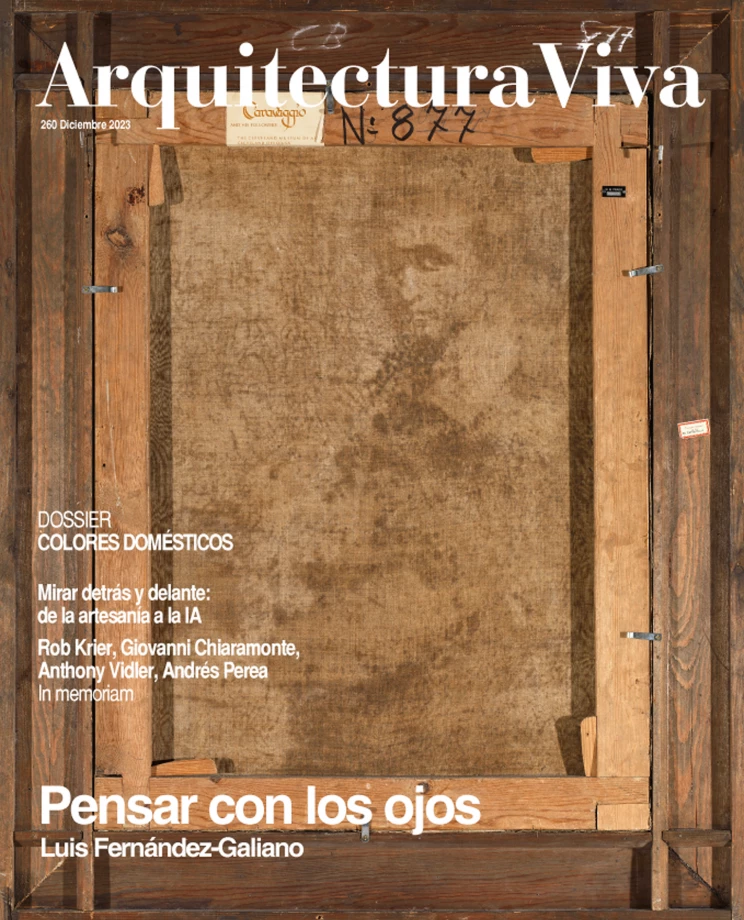
In Berlin series, 1984-2004
The Chiaramonte family hailed from the Sicilian town of Gela, on the southernmost tip of Italy and the most central area of the Mediterranean, but Giovanni grew up in the ambit of Milan, where from early on he dedicated himself to photography, both as an art with its intricate history and as a practice with its power to transform what it captures. He studied the work of a wide range of photographers, Luigi Ghirri among them, writing about them and publishing their work in a series for Ultreya. His interests were wide-ranging, including not only the work of Italian contemporaries but also that of others, such as the Russian photographer and filmmaker Andrei Tarkovsky. Over half a century he built a corpus of images that touch on limits: borderlands, shorelines, international shipping lanes, and migration, doing so not only with an eye for their violence and scale but also with delicacy and respect. In Palermo, he tracked almost osmotic changes in population and the granular transformation inside existing buildings that chiefly North-African arrivals wrought within the old city.
I came to know Giovanni in the mid-1980s, when Domus magazine sent him to California to photograph three buildings by Frank Gehry – as chance would have it, residences for artists. Our personal connection and collaboration, and finally friendship, never ceased, and I was able to visit places in the US and Europe with him, following him in his discreet exploration of buildings that mesh our interests in images and architecture. More than that, now that we suffered the same kind of cancer, Giovanni, marveling at our survival, called us ‘miracolati,’ or graced ones. Here the legacy of Tarkovsky became crucial: long exposures and unstable frames that dissolved static views, lending an inner animation to inert pictures.
Giovanni embedded in his photography what Aby Warburg had recognized in his 1891 dissertation as ‘enlivening flourishes’ (bewegtes Beiwerk), which gives a sense of animation to fixed images, breaking their deathly grip. Acting more like a painter than simply capturing what came before his lens, Giovanni had a knack for discovering a quintessence of the unstable, a liquidity inside the rigid. Cropping and color were of the essence, often setting his images in contrast to the prevalent tendency of giving viewers a ‘cold’ picture, as if taken by a reporter seeking to prove he had been on the scene. Giovanni instead mustered patience and delicacy, exploring the craquelure of reality and the fissures in the familiar.
To make another comparison: Chiaramonte was less photography’s Caravaggio than its Jean-Étienne Liotard. The softness at the core of Giovanni’s vision was created by a delicacy of touch, and sustained by a deep desire for glimpses of transcendence, a special quality of inner vision.
In Potsdam & Italien. La memoria dell’Italia nell’immagine di Potsdam (Fachhochschule Potsdam, 2014), Chiaramonte makes a superlative show of architecture that has somehow survived devastation: the autumnal glow of foliage and the warmth of walls open a nearly miraculous dimension in what without them would remain flat and stale documentation. Bringing to view possesses a power greater than just recording. As the 2018 Nobel in literature, Olga Tukarczuk, put it in Flights, “description is destroying.” (Tukarczuk’s meditations on the liquidity of contemporary experience, wherever it may be, are worth considering in the context of what I called the ‘craquelure’ of Chiaramonte’s images).
Details peek through, as if of their own volition, to make the world talk back to viewers. But Giovanni’s finesse did not prevent him from grasping the larger world-historical situation he experienced during stints in Berlin – the city that after 1989 gave him a small apartment. Having shared some of those experiences with him, I eagerly accepted when his publisher asked me to write an introduction to Berlin, die Stadt, die immer wird (Schirmer/Mosel, 2009), a series of confrontations between sites ‘before’ and ‘after.’
One of the most telling images embraces old and new East Berlin: as the evening shadows rise, one of the GDR’s most unusual monuments – with highlights of the history of Communism etched on steel like snapshots glued onto a family album – shrinks the incomprehensible scale of 20th century events to book size without belittling them. The TV tower, the pride of East Berlin, and the old town hall, a Socialist landmark from the 19th century, stand untouched, reflecting the sunset and the ‘tramonto’ of a whole era.






